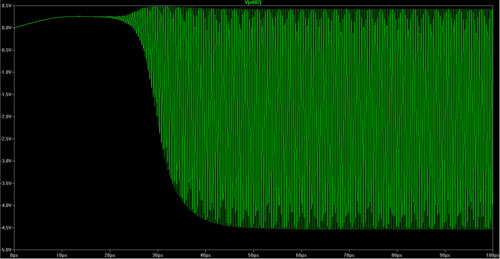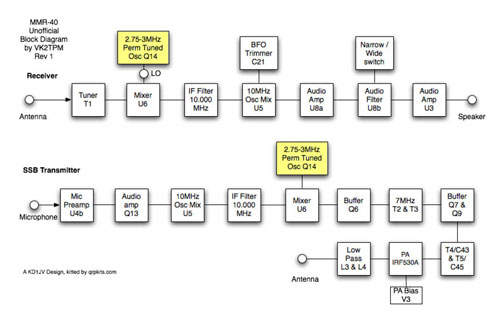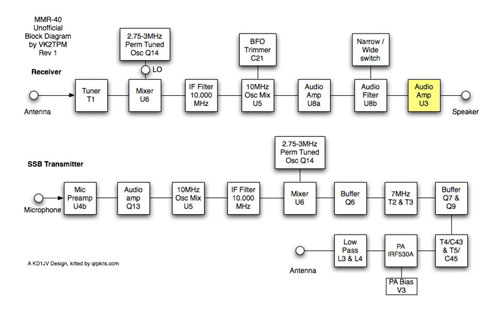MMR40 PTO Permeability Test

MMR40 PTO Permeability Test Filed in homebrew on Jan.25, 2009 With the components supplied with the MMR40 Kit, I cannot quite span the entire 40 Meter band. I was thinking that perhaps a different type of screw might cover more of the band. I’m only short about 25kc at the bottom, and 15kc at the top. So I went to the local Ace Hardware store to see what kind of #6 screws they have for sale. I found 4 varieties: brass, aluminum, stainless steel and an unmarked bin that I hoped was plain steel. After bringing the screws back, I set up an experiment: Find the edge of the spread without any screw in place. This turned out to be 2.839 Mhz on the CW segment, and 2.713 Mhz on the phone segment. The final frequency is 10.0 Mhz minus the PTO frequency, so these work out to be 7.161 Mhz for the upper CW segment Frequency, and 7.287 for the upper Phone Segment frequency. Take a voltage a frequency reading with the screw extracted Insert the screw under test all the way to it...







